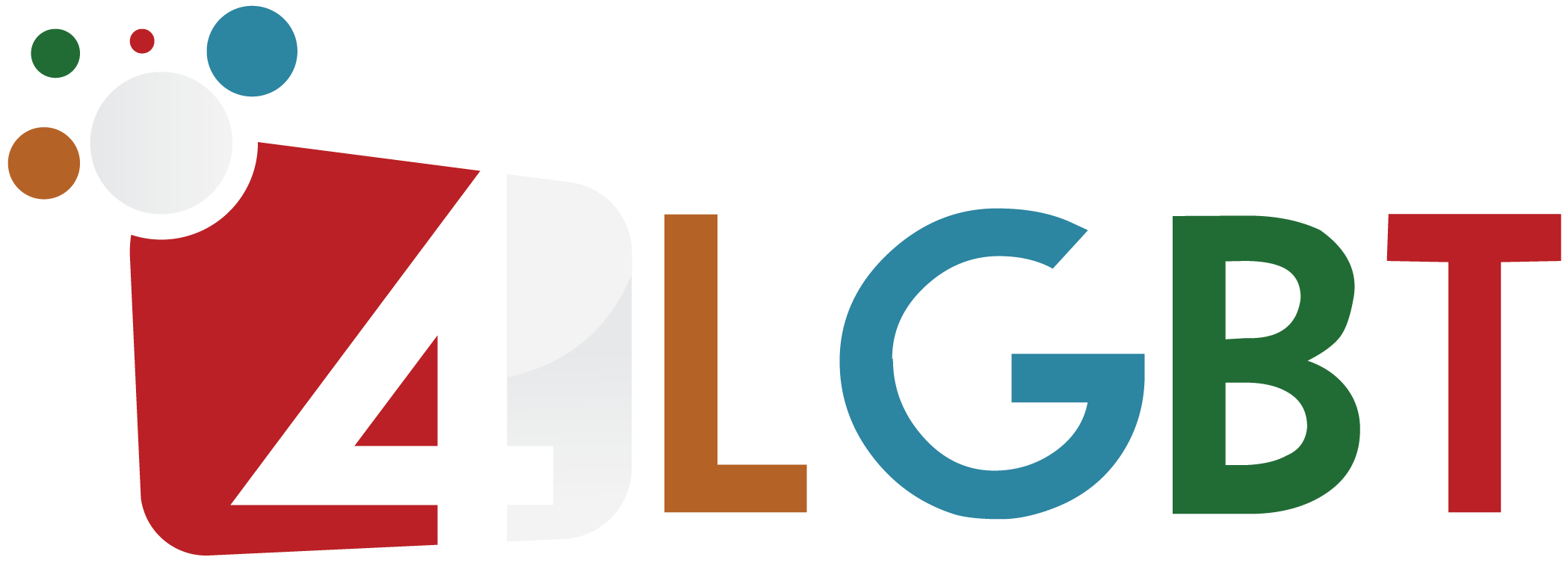The LGBT community encompasses gay, lesbian, bisexual, and transgender people. This umbrella term has been around since the 1990s and functions as a comprehensive term for sexuality and gender identity. It has become a way to define people and celebrate their uniqueness. Here are some things to consider about the LGBT community. Read on to learn more about the history, background, and current issues facing this community. The term LGBT can also help people understand other types of cultures.
Public attitudes about homosexuality have changed in recent decades, according to Pew Research. However, highly religious Americans remain more likely to say that homosexuality should be discouraged than accepted by society. Two-thirds of religiously active people say that homosexuality violates their religious convictions. Moreover, they are more likely to oppose same-sex marriage than other groups. Nevertheless, a majority of LGBT adults view the media as being “friendly” or “unfriendly” to LGBT people.
Over time, the use of the word gay has evolved into an initialism. In the 1980s, it displaced several terms used to describe men who were attracted to men. Edmund White attributed this to the fact that gay was no longer restricted to men who loved men. In fact, the term “gay” was often used to describe anyone who identified as either same-gender or gender-divergent. The LGB acronym was widely used in the 1990s due to the bonds between LGBT individuals.
Eventually, terms like gay, lesbian, bisexual, and transgender became more widely accepted. In fact, some LGBT activists started using the term “homophile” to protest discriminatory laws and make sense of their own experiences as homosexual. This terminology has become more widely used and is a useful reference for people who are interested in the topic. However, it is important to note that there is still a great deal of uncertainty surrounding LGBT terminology.
Regardless of the terminology used, there are common misconceptions about the LGBT community. It is important to remember that LGBTQ people have their own language, and understanding how to use it can make you a more effective ally and advocate. The following list of terms is a great starting point for learning about the community. If you have any questions, please consult a professional. Most of these terms have been adopted by cisgender people and straight white people, but the LGBT community has begun to claim them.
The First Amendment protects freedom of speech, association, and organization. This means that LGBT people have the right to organize and urge the government to end discrimination. The First Amendment also protects the rights of gay people to form political organizations and social groups, to protest peacefully, to produce art featuring gay themes, and to speak about their experiences in public. As long as these rights are respected, the LGBT community will continue to thrive. There is still a long way to go to ensure equality.
Despite the advances in LGBT equality, discrimination against the LGBT community persists. Many businesses, including restaurants and retail outlets, publicly disown lesbian and gay workers. This has led many lesbian and gay Americans to hide their identities. In addition, many of them are forced to live a double life, with no family, and without close friends or families. The ACLU recommends amending the federal and state civil rights laws to protect the rights of LGBT people.
The LGBT community has many different subsets. A lesbian, for example, is a woman who is attracted to a man. A bisexual, on the other hand, is a woman who is sexually attracted to men. Some people may be bisexual or even pansexual, and many African American communities include members of this community. So, how does it make a difference? You can learn more about LGBT by reading this article.
Although some people recognize that they are gay or lesbian at a young age, many do not. Others don’t find out until later in life. They are born with an underlying gender identity that is not determined by their biological sex. And it is perfectly normal to have an attraction to someone of the opposite sex. Most people develop a close friendship or crush with someone of the same sex. Therefore, there is no reason why being gay or lesbian is not OK. The LGBT community is expanding the language we use to refer to them. The acronym LGBT stands for lesbian, gay, bisexual, transgender, and gender identity. This new terminology is often used in media coverage, which has changed from simplistic political dichotomies to more rounded representations of this diverse community. While the LGBT community has fought for a more accepting and inclusive language, the stigma associated with the term LGBT still remains. It is important to educate ourselves and others about this community in order to understand it better.


 How to Be Acquainted With the LGBTQ Community
How to Be Acquainted With the LGBTQ Community  Health and Social Issues Related to the LGBT Community
Health and Social Issues Related to the LGBT Community  What Is LGBT and Why Is It Important?
What Is LGBT and Why Is It Important?  What Does “LGBT” Mean to You?
What Does “LGBT” Mean to You?
1 Comment